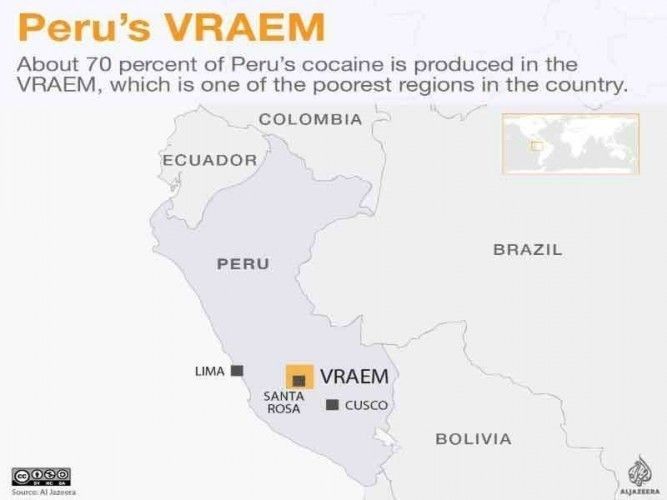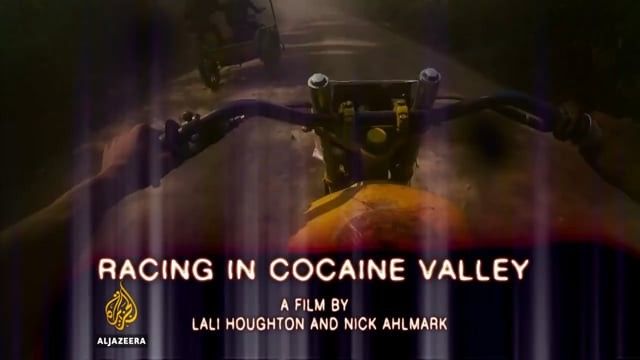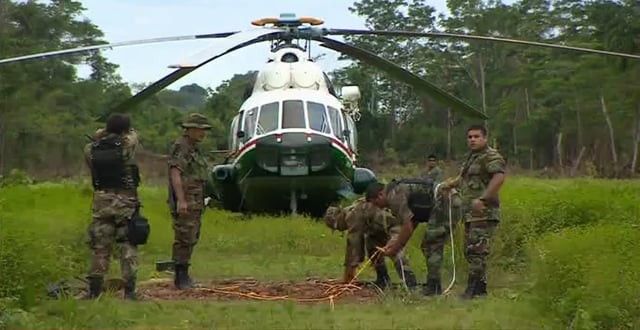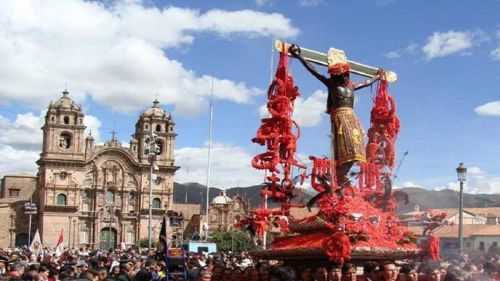Often just stagily named “Cocaine Valley”, the Peruvian VRAEM region, the valley of the three rivers Apurimac, Ene and Mantaro, is stigmatized as an anarchic area in Peru controlled by ruthless narco-terrorists.
And while it’s true that about 70% of Peru’s cocaine is produced in the VRAEM region - according to the UN it’s the area with the most coca crops and laboratories to produce coca base and cocaine hydrochloride (HCl) in the world - and the area struggles with related violence and crimes, that’s only one side of the story.
The VRAEM region is also one of the poorest regions in Peru. The over 400,000 Peruvians living in this remote area of the country where the southern Andean highlands descend into the Amazonian rainforest have to fight each day for survival. Basic infrastructure, such as clean water, electricity, proper roads, hospitals and schools, is absent or leaves a lot to be desired. There are no jobs, no perspectives, earnings don’t even reach the minimum wage of about US$260 per month.
People here are farmers and proud Peruvians; they grow coca as their ancestors did thousands of years ago. And this isn’t forbidden in Peru. For many Peruvians, the plant still is sacred and they used coca leaves for their medicinal properties and in traditional religious ceremonies.
In Peru chewing coca leaves or consuming products made of them are part of the Andean lifestyle since ancient times. Coca tea and coca flour as well as for example sweets and energy drinks containing coca can freely be bought in the country. Coca leaves, however, aren’t cocaine. So even though growing and consuming coca leaves isn’t against the law, supplying the leaves for processing them into coca base from which cocaine is made, is illegal.
And while for years the Peruvian government is trying to reduce coca growing in the region and to give farmers other options with programs that introduce crops such as coffee and cocoa, the state isn’t really present in the region and if they are perceived as brutal force.
Locals feel left alone, but at the same time don’t trust the political leaders from the faraway Peruvian capital. They constantly fear the eradication of their livelihood. They understandably argue that coca can be harvested four times a year and, with coffee or cocoa only harvested once a year and prices on the world market on an all-time low, is the only crop that feeds their families. So, they continue to grow coca and sell the leaves to anyone – no questions asked. A difficult situation with many layers.































